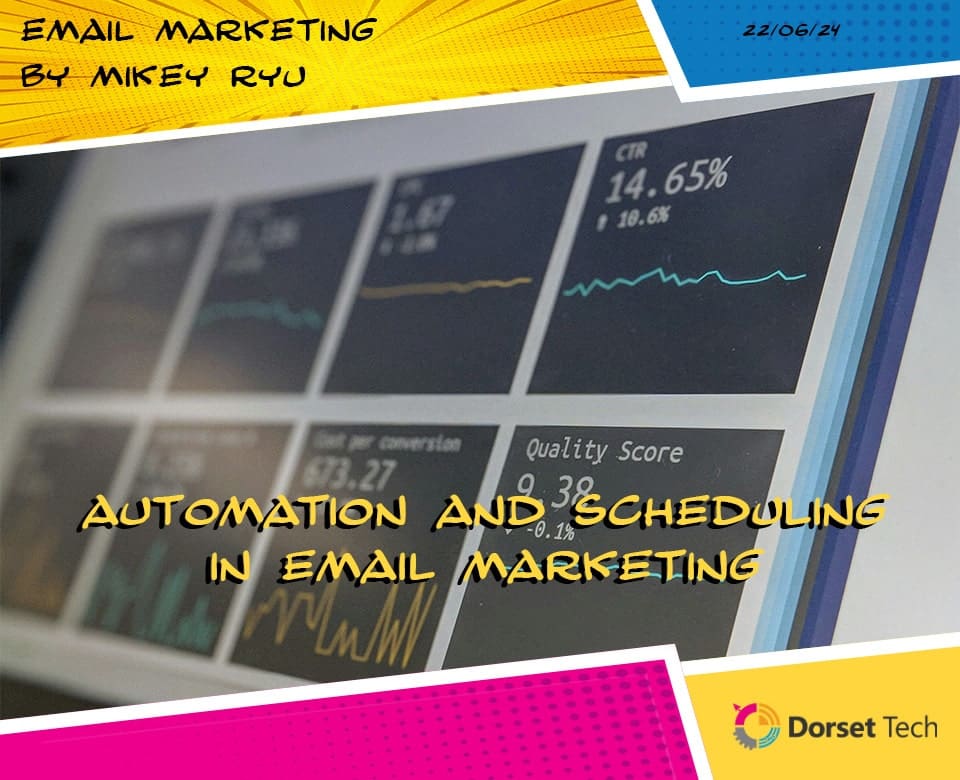
How to Create a Marketing Plan
In the ever-evolving world of business, a well-crafted marketing plan is the cornerstone of success. It is the roadmap that guides businesses through the competitive landscape, ensuring a strategic approach to reaching and engaging with their target audience. In this detailed exploration, we will delve into the importance of a marketing plan, highlight the benefits it brings to businesses, consider crucial factors when creating one, and provide a step-by-step guide to empower you in crafting a marketing plan that propels your business towards enduring success.
The Importance of a Marketing Plan:
A marketing plan is not just a document; it’s a dynamic tool that sets the trajectory for your business. It serves as a compass, providing direction and purpose to your marketing efforts. One of its primary roles is to align your marketing activities with your overall business goals, ensuring that every campaign and initiative contributes to the growth and success of your enterprise.
Having a well-defined marketing plan also fosters a sense of organization and accountability within your team. It clarifies roles, responsibilities, and timelines, streamlining the execution of marketing strategies. This organizational clarity minimizes the risk of miscommunication and ensures that everyone is working towards common objectives.
Moreover, a marketing plan is a proactive measure to navigate the complexities of the market. It allows businesses to anticipate challenges, identify opportunities, and position themselves strategically. In a rapidly changing business environment, the ability to adapt and respond to market dynamics is a key differentiator, and a marketing plan provides the framework for such agility.
The Benefit of Having a Marketing Plan:
Strategic Direction:
A marketing plan provides a roadmap for your business, outlining clear objectives and strategies. It serves as a compass, guiding your team toward common goals and ensuring that all marketing efforts align with the overall business strategy.
Resource Optimisation:
By detailing your budget, allocating resources effectively, and prioritizing marketing channels, a marketing plan enables efficient resource utilization. This ensures that your financial investments yield maximum impact, enhancing the overall return on investment (ROI).
Increased Efficiency:
Having a well-defined plan streamlines the execution of marketing strategies. With roles, responsibilities, and timelines clearly outlined, teams can work more efficiently, minimizing the risk of miscommunication and ensuring that everyone is on the same page.
Risk Mitigation:
A marketing plan is a proactive tool for anticipating challenges and mitigating risks. By conducting thorough market analysis and developing contingency plans, businesses can navigate uncertainties more effectively, reducing the impact of unexpected events on their marketing initiatives.
Accountability and Measurement:
Clear objectives and key performance indicators (KPIs) outlined in a marketing plan provide a basis for accountability. Teams can track progress, measure success, and evaluate the effectiveness of marketing campaigns. This accountability fosters a culture of continuous improvement within the organization.
Competitive Advantage:
A well-crafted marketing plan involves analyzing the market and understanding competitors. This insight enables businesses to identify opportunities for differentiation and develop strategies that set them apart. It provides a competitive advantage by allowing businesses to position themselves effectively in the market.
Adaptability to Market Changes:
The business landscape is dynamic, and market conditions can change rapidly. A marketing plan that embraces flexibility allows businesses to adapt to evolving trends, emerging opportunities, and unforeseen challenges. This adaptability is crucial for staying relevant and responsive in a dynamic environment.
Considerations When Creating a Marketing Plan:
Creating an effective marketing plan requires a thoughtful and strategic approach. Several considerations play a pivotal role in shaping a plan that is not only comprehensive but also adaptable to the dynamic nature of business environments.
Know Your Business Inside Out:
-
- Conduct a comprehensive analysis of your business, understanding your strengths, weaknesses, opportunities, and threats (SWOT).
- Define your unique selling proposition (USP) and key differentiators that set your business apart in the market.
Understand Your Target Audience:
-
- Develop detailed buyer personas to understand the demographics, preferences, and pain points of your target audience.
- Tailor your marketing strategies to resonate with the needs and motivations of your ideal customers.
Set Clear and Measurable Objectives:
-
- Establish specific, measurable, achievable, relevant, and time-bound (SMART) objectives aligned with your business goals.
- Ensure that your objectives are quantifiable, allowing for easy tracking and evaluation of success.
Analyze Your Market and Competitors:
-
- Conduct a thorough market analysis to identify trends, opportunities, and potential challenges.
- Analyze your competitors to understand their strategies, positioning, and areas where you can differentiate your business.
Define Your Marketing Mix:
-
- Develop a comprehensive marketing mix that includes the four Ps – Product, Price, Place, and Promotion.
- Tailor your product or service offerings, pricing strategies, distribution channels, and promotional activities to align with your marketing objectives.
Allocate Resources Effectively:
Define your marketing budget based on a realistic assessment of your financial capacity and marketing goals.
-
- Allocate resources strategically across various marketing channels, considering the potential impact on your target audience.
Embrace Flexibility and Adaptability:
-
- Recognize that the business landscape is dynamic, and unforeseen changes may occur.
- Build flexibility into your marketing plan, allowing for adjustments and adaptations based on market shifts or emerging opportunities.
Integrate Digital and Traditional Marketing:
-
- Leverage the power of both digital and traditional marketing channels to create a holistic and integrated approach.
- Align your online and offline strategies to reach a diverse audience through multiple touchpoints.
Creating a Marketing Plan – A Step-by-Step Guide:
Now that we’ve emphasized the importance, benefits, and considerations, let’s embark on a step-by-step guide to creating a marketing plan that empowers your business for success.
Step 1: Conduct a Comprehensive Business Analysis
Start by gaining a deep understanding of your business. Conduct a SWOT analysis to identify internal strengths and weaknesses, as well as external opportunities and threats. Define your USP and key differentiators that set your business apart in the market.
Step 2: Understand Your Target Audience
Develop detailed buyer personas to understand the demographics, preferences, and pain points of your target audience. Tailor your marketing strategies to resonate with the needs and motivations of your ideal customers.
Step 3: Set Clear and Measurable Objectives
Establish SMART objectives that align with your business goals. Ensure that your objectives are specific, measurable, achievable, relevant, and time-bound. This clarity will guide your marketing strategies and provide a basis for evaluating success.
Step 4: Analyse Your Market and Competitors
Conduct a thorough market analysis to identify trends, opportunities, and potential challenges. Analyze your competitors to understand their strategies, positioning, and areas where you can differentiate your business.
Step 5: Define Your Marketing Mix
Develop a comprehensive marketing mix that includes the four Ps – Product, Price, Place, and Promotion. Tailor your product or service offerings, pricing strategies, distribution channels, and promotional activities to align with your marketing objectives.
Step 6: Allocate Resources Effectively
Define your marketing budget based on a realistic assessment of your financial capacity and marketing goals. Allocate resources strategically across various marketing channels, considering the potential impact on your target audience.
Step 7: Embrace Flexibility and Adaptability
Recognize that the business landscape is dynamic, and unforeseen changes may occur. Build flexibility into your marketing plan, allowing for adjustments and adaptations based on market shifts or emerging opportunities.
Step 8: Integrate Digital and Traditional Marketing
Leverage the power of both digital and traditional marketing channels to create a holistic and integrated approach. Align your online and offline strategies to reach a diverse audience through multiple touchpoints.





















